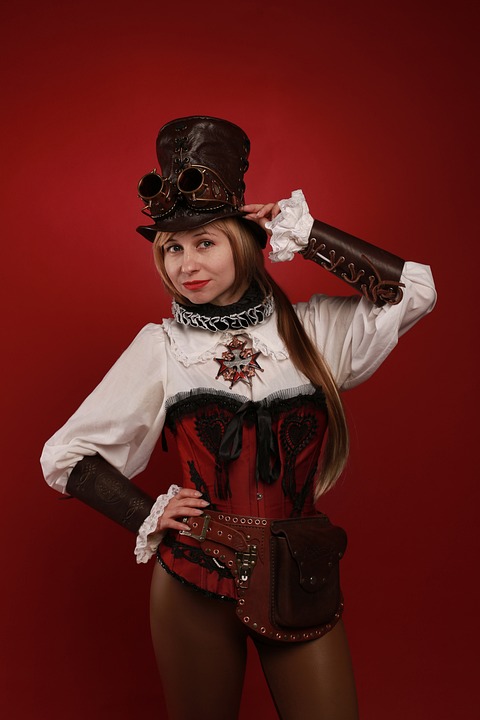Exploring the Secrets of Victorian Society: Class, Gender, and Power
The Victorian era, spanning from 1837 to 1901, was a time of great change and transformation in Britain. It was characterized by rapid industrialization, urbanization, and technological advancements. However, beneath the surface of this seemingly modern and progressive period lurked a complex and rigid social structure that dictated the lives of those living in Victorian society.
Class
Class hierarchy was a defining feature of Victorian society, with individuals being grouped into distinct social strata based on their wealth, occupation, and social standing. At the top of the hierarchy were the aristocrats – the wealthy landowners, nobility, and gentry who inherited their wealth and privilege. Below them were the middle class, comprised of businessmen, professionals, and merchants who had acquired their wealth through industry and commerce. At the bottom of the social ladder were the working class, made up of laborers, factory workers, and domestic servants who toiled for a meager wage and had limited social mobility.
The class divide in Victorian society was stark and pervasive, with elaborate social codes and customs dictating interactions between individuals of different classes. The upper class prided themselves on their refinement, education, and manners, while the working class were often viewed as uncouth, uneducated, and morally inferior. Social mobility was rare, and individuals were expected to accept and conform to their assigned place in society.
Gender
Gender roles in Victorian society were deeply entrenched and rigidly enforced, with men and women being assigned distinct roles and responsibilities based on their sex. Men were expected to be the breadwinners, the heads of their households, and the leaders in society. They held most of the political, economic, and social power, and were afforded greater freedoms and opportunities than women.
On the other hand, women were expected to be the homemakers, the caregivers, and the moral guardians of society. They were confined to the domestic sphere, with limited access to education, employment, and political participation. Women were expected to be virtuous, modest, and submissive, and to prioritize the needs and desires of their families over their own.
Despite these rigid gender roles, Victorian society saw the emergence of the women’s rights movement and the fight for gender equality. Women like Emmeline Pankhurst and Florence Nightingale challenged traditional gender norms and fought for women’s rights and empowerment. Their efforts paved the way for future generations of women to pursue education, careers, and political activism.
Power
Power dynamics in Victorian society were tied closely to class and gender, with those at the top of the social hierarchy wielding the most influence and control. The aristocracy held immense political, economic, and social power, with their wealth and status granting them access to privileges and opportunities that were denied to the lower classes.
Men also held greater power and authority than women, with patriarchal systems and laws reinforcing male dominance in Victorian society. Women were often dependent on men for their financial security, legal rights, and social standing, and were subject to the whims and dictates of their fathers, husbands, and male relatives.
Despite these inequalities, individuals in Victorian society often sought to challenge and subvert traditional power structures. Writers like Charles Dickens and Elizabeth Gaskell used their novels to critique social injustices and advocate for social reform. Social reformers like William Wilberforce and Josephine Butler campaigned for the abolition of slavery and the rights of women and children. Their efforts helped to bring about significant changes in Victorian society, paving the way for a more equitable and just society.
In conclusion
Exploring the secrets of Victorian society reveals a complex and multifaceted world shaped by class, gender, and power dynamics. The rigid social hierarchy, traditional gender roles, and entrenched power structures of Victorian society created a society that was both oppressive and resistant to change. However, the efforts of individuals who sought to challenge these norms and advocate for social justice paved the way for a more equitable and inclusive society.
Today, we can look back on the Victorian era as a time of great social upheaval and transformation, where the struggles and triumphs of those who dared to challenge the status quo helped to bring about a more just and progressive society. By exploring the secrets of Victorian society, we can gain a deeper understanding of the forces that shaped our past and continue to influence our present.
